Mule deer hunting is a popular sport that has been enjoyed by hunters for generations. It is a great way to experience the outdoors and challenge yourself as you pursue these majestic animals.
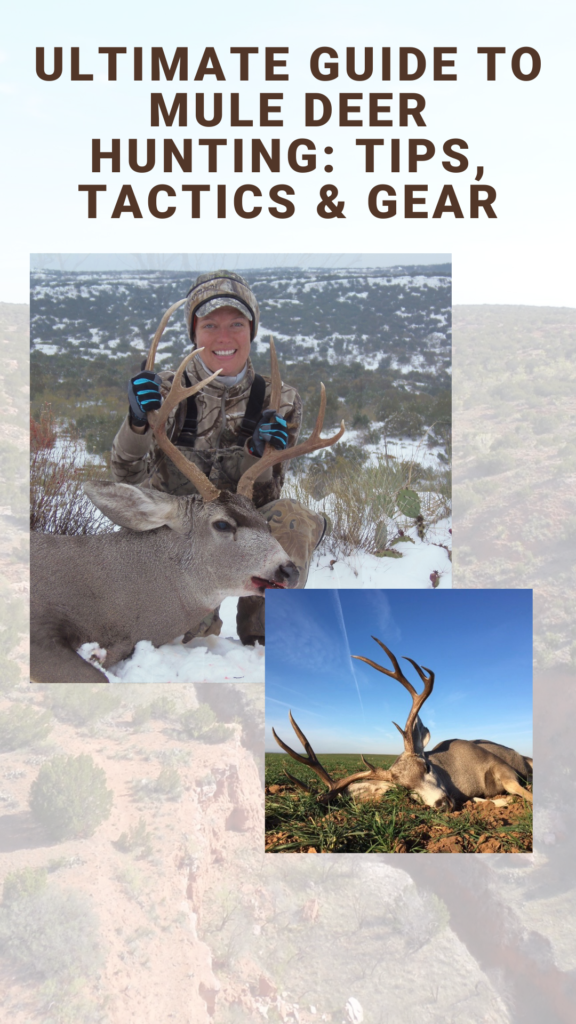
What is Mule Deer Hunting and How to Get Started
I love mule deer and would much rather hunt them than whitetail deer! Whether you are an experienced hunter or just getting started, there are some essential things to know about mule deer hunting. In this article, we will discuss what mule deer hunting is, the best tips and tactics for success, and the essential gear you need to get started.
{{Want wild game recipes delivered to your Inbox? Download our wild game recipe cards!}}
Mule deer are known for their uniquely large ears resembling those of a mule. Gosh, those ears! You’ll also notice their racks are different from a whitetail. Whitetail deer have a main beam with points coming off. A mule deer has forked antlers.
Where to Find the Best Mule Deer Hunting Spots
Mule deer hunting is an exciting adventure for hunters. However, finding the best mule deer hunting spots can be a challenge. Whether you are looking for public land or private land, there are plenty of great places to hunt mule deer.
Mature mule deer like rugged places – think rock chutes and think timber and brush.
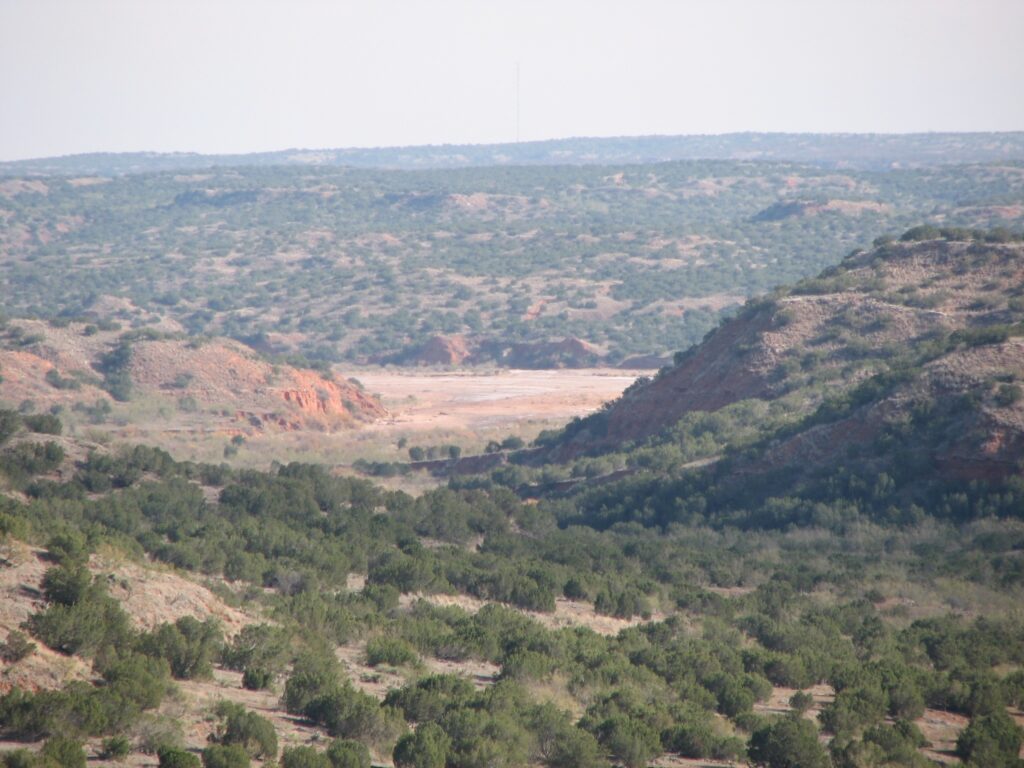
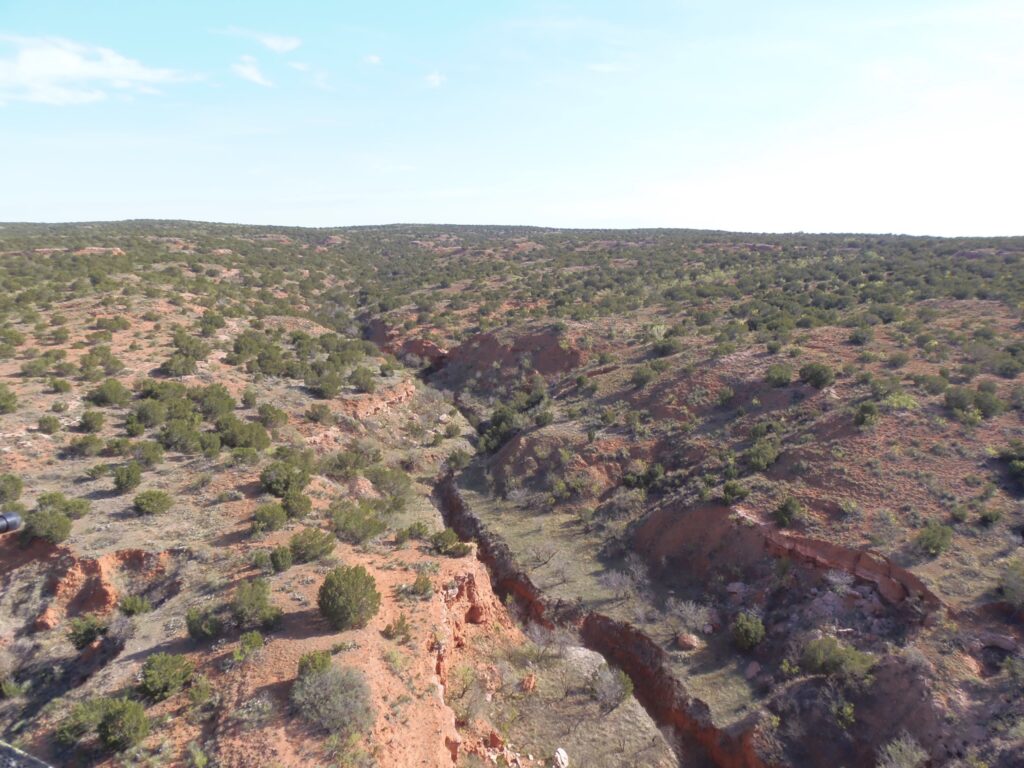
Best States for Mule Deer Hunting
Colorado
Montana
Idaho
Nebraska
Wyoming
Texas – just because I’m a Texas girl and hunt mule deer in the Panhandle.
Essential Gear for a Successful Mule Deer Hunt
A successful mule deer hunt requires careful planning and the right gear to increase your chances of a fruitful and safe experience. Here's a list of essential gear you should consider:
Hunting Clothing and Footwear:
– Camouflage clothing to blend into the environment.
– Layered clothing for changing weather conditions.
– Sturdy, comfortable, and waterproof hunting boots.
Optics:
– Binoculars or spotting scope to locate and evaluate mule deer from a distance.
– Quality rangefinder to accurately measure distances.
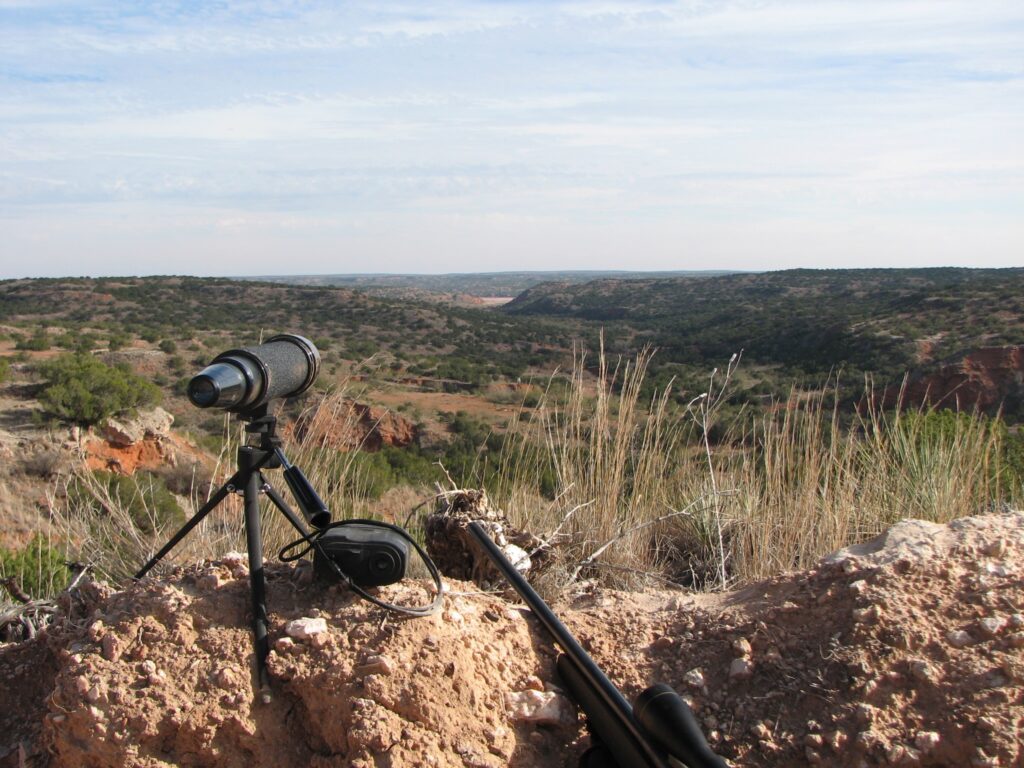
Weapon and Ammunition:
– A suitable rifle or bow for mule deer hunting.
– Ammunition or arrows appropriate for your weapon.
– Cleaning kit and tools for weapon maintenance.
Hunting Pack:
– A durable backpack to carry essential gear, water, and field-dressed meat.
– Game bags for carrying out meat.
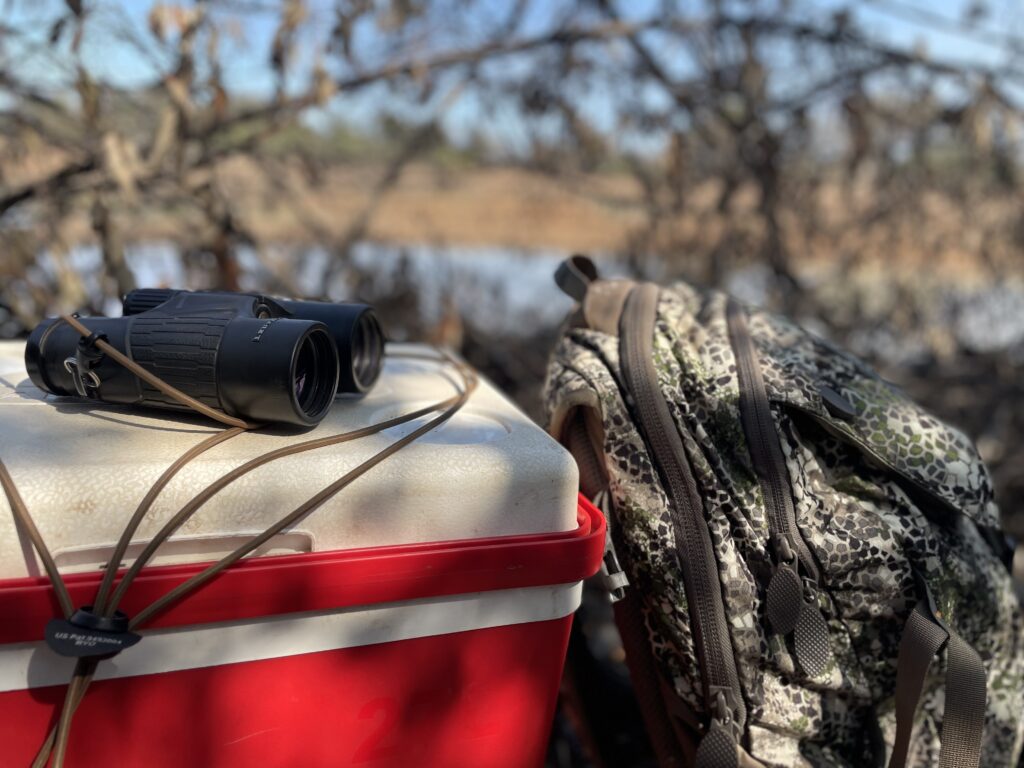
Navigation and Communication:
– GPS device or map and compass to navigate the terrain. We love onX.
– Two-way radios or satellite communication devices for emergencies.
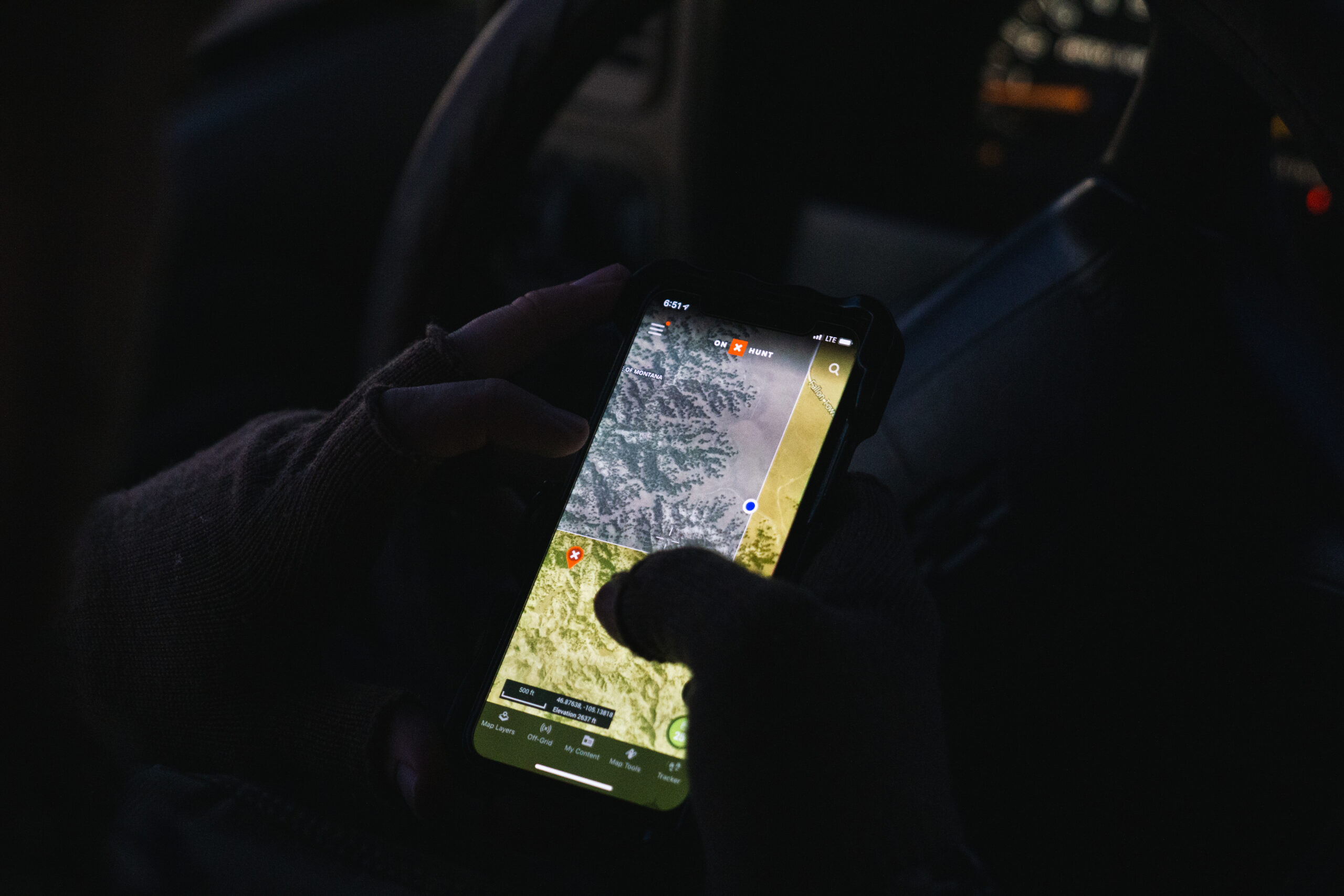
Field Dressing Kit:
– Sharp, quality hunting knife for field dressing and skinning.
– Bone saw for processing the animal.
Game Processing Gear:
– Cooler with ice packs to keep meat fresh during transportation.
– Zip-lock bags for separating cuts of meat.
Safety Gear:
– Blaze orange clothing or vest for visibility to other hunters, if hunting public land.
– First aid kit with essential medical supplies.
Camping Gear (if applicable):
– Tent, sleeping bag, and sleeping pad for overnight trips.
– Camp cooking equipment and food.
Hydration and Nutrition:
– Sufficient water supply to stay hydrated.
– High-energy snacks and meals for sustained energy.
Personal Gear:
– Sunglasses, hat, gloves, and sunscreen for protection from the elements.
– Insect repellent to ward off pests.
Hunting License and Tags:
– Ensure you have the necessary licenses and tags for your hunting area.
Knowledge and Resources:
– Topographic maps and information about the hunting area. Again, we love onX for this.
– Knowledge of mule deer behavior, habitat, and movement patterns.
Remember that your specific gear choices may vary depending on factors such as the location, duration, and type of mule deer hunt you're planning. Prioritize safety, ethical hunting practices, and respect for the environment while selecting and using your gear. Additionally, it's a good idea to check local regulations and guidelines to ensure you're compliant with hunting laws and regulations.
{{Learn how to hunt with our e-book, How to Hunt Like a Girl}}
Tips & Tactics to Help You Bag Your First Mule Deer
Bagging your first mule deer requires a combination of knowledge, skill, and strategy. Here are some essential tips and tactics to help increase your chances of a successful hunt:
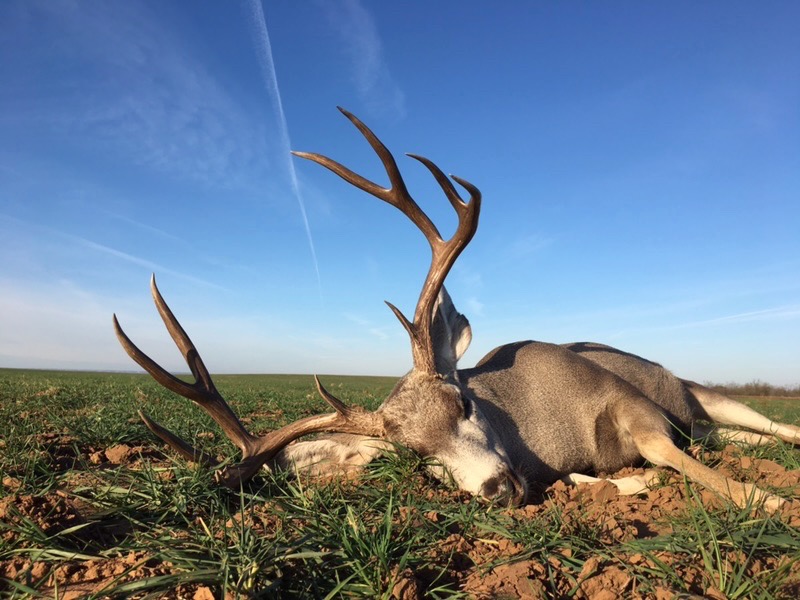
Scouting and Pre-Hunt Preparation:
– Familiarize yourself with the hunting area through maps, online resources, and on-site scouting trips.
– Learn about mule deer habits, feeding patterns, and preferred habitats in the area.
Understanding Behavior:
– Study mule deer behavior to anticipate their movements during different times of the day and seasons.
– Learn about rutting behavior and the times when bucks are most active.
Use Quality Optics:
– Invest in good binoculars and spotting scopes to cover more ground and identify deer from a distance.
Camouflage and Concealment:
– Wear camouflage clothing that matches the local environment to blend in.
– Use natural cover like trees, rocks, and brush to break up your outline.
Glassing Techniques:
– Find a comfortable vantage point with a wide field of view.
– Glass areas where deer are likely to feed, bed, or move.
Stay Patient and Still:
– Once you spot a mule deer, be patient and observe its behavior to predict its movements.
– Make slow and deliberate movements to avoid alerting the deer.
Wind and Scent Management:
– Pay attention to the wind direction to avoid being detected by the deer's keen sense of smell.
– Use scent-reducing clothing and sprays to minimize your scent.
Plan Your Approach:
– Plan your stalk carefully, taking advantage of terrain features to stay hidden.
– Move when the deer's attention is focused elsewhere, such as when they are feeding.
Shot Placement:
– Know the anatomy of mule deer to make ethical and effective shots.
– Aim for vital organs such as the heart and lungs for a clean kill.
Practice Shooting:
– Practice shooting from different positions and distances to build confidence in your shooting abilities.
– Ensure you're proficient with your chosen weapon before the hunt.
Be Ready for All Conditions:
– Weather conditions can change rapidly, so be prepared for rain, cold, and wind.
– Dress in layers to regulate your body temperature.
Stay Positive and Persistent:
– Mule deer hunting can be challenging, and success might not come on the first attempt.
– Stay positive, persistent, and willing to learn from each hunting experience.
Respect Local Regulations:
– Familiarize yourself with hunting regulations, seasons, and bag limits for the area you're hunting in.
– Practice ethical hunting and respect the environment.
Remember that hunting is as much about the experience and the connection with nature as it is about harvesting an animal. Enjoy the process, and even if you don't bag a deer on your first hunt, the knowledge and skills you gain will make you a better hunter in the long run.
Commonly Asked Questions About Mule Deer Hunting:
What state is best for hunting mule deer?
Mule deer hunting opportunities vary by state, but some top options include Colorado, Wyoming, Montana, and Idaho due to their expansive and diverse habitats.
How much does mule deer hunting cost?
The cost of mule deer hunting depends on factors like location, outfitter services, and accommodations. Guided hunts can range from a few thousand to several thousand dollars.
Where are mule deer mostly found?
Mule deer are primarily found in the western United States, inhabiting regions with a mix of open landscapes, mountains, and shrublands. They also extend into parts of Canada and Mexico.
Are mule deer harder to hunt than whitetail?
Mule deer hunting can be considered more challenging due to their wariness, wide-ranging habitats, and sharp senses. However, the difficulty can vary based on factors like terrain and local deer behavior.
